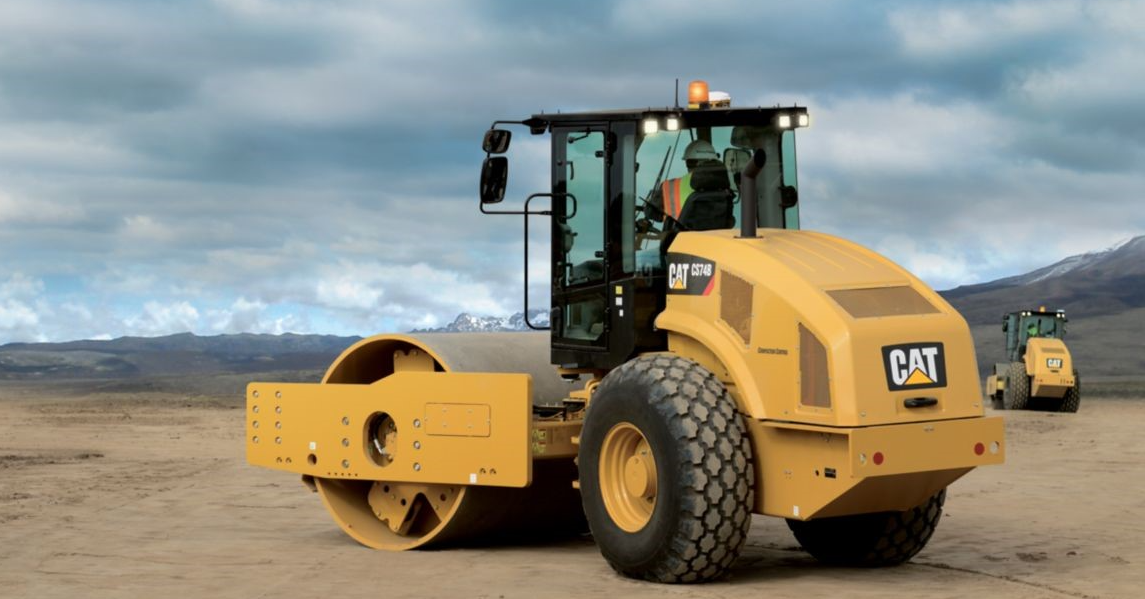Any building site needs a compactor machine as a basic piece of equipment. To make sure that the soil and other materials on the site are appropriately packed, it is used to compress and compact them. Sand or gravel are two possible choices, but other options include dirt and even concrete. The material will be packed tightly with the aid of the compactor machine to prevent movement in the event of rain or other ground movement.
A compactor machine comes in various forms. While each variety has a distinct use, they all have the same basic aim of packing soil and waste materials into a smaller space.
These types of machines include:
Plate compactor
A plate compactor is a type of compacting machine that presses dirt and other materials into a denser mass using a horizontal reciprocating ram. Hydraulics is used to operate the ram, and switches, buttons, or a joystick are used to control the machine’s operation. In addition to levelling and compacting soft soils in agriculture, this kind of machine is employed in road construction and building projects. The main benefit of this kind of compactor is that it produces high-quality results since it can exert greater pressure than other compactor types on the material being compacted. The drawback is that it uses more fuel because it needs longer to complete the same task than other varieties do.
Jumping Jack
One of the most popular kinds of compaction machines is this one. It can hop up and down when it makes contact with the ground thanks to its two bottom wheels and two top wheels. The earth can be leveled with the jumping jack so that you can subsequently construct on it. Depending on its size and capacity, this type of compactor machine is typically driven by either gasoline or diesel engines. Two cylinders make up the jumping jack, one of which rotates and the other of which is immovable. Any type of terrain can have its surface smoothed and packed using this machine.
Road Roller
A road roller is a large vehicle that flattens the ground beneath its wheels into a hard, smooth surface by using its weight. Instead of just compacting it like a jumping jack does, it is often made to produce an even layer of material over a road or other building project. Municipalities and contractors frequently employ road rollers for a variety of tasks, including building new roads, fixing ones that are broken, and preparing the subgrade for paving projects.
Key Parts of a Compactor Machine
Customers’ needs can be taken into account when designing compactor machines. Their size, capacity, design, power source, and other attributes can all be changed. Most compactor machines contain the following components:
Drum
The drum is a sizable, rotating, circular container that is often made of steel. When used in dumpsites, the waste is fed into the compactor through a hole in the center of it. The motor drives the drum through a gearbox while it is positioned on an axle. Through a hopper, the trash is introduced into the drum, where it is crushed within by hydraulic cylinders and hammers.
Articulated Joint
The engine and gearbox are joined via an articulating joint, allowing the engine to drive the compactor’s two axles. This makes moving the machine around simpler.
Engine
All other parts of a compactor machine, such as hydraulic pumps and motors, as well as electrical devices like lights, radios, and computers needed to monitor and control the functioning of machinery at construction sites, are powered by the engine.
Conclusion
Manufacturers of compactor machines improve their machines’ efficiency to suit consumer requests for compactors, which are used to dispose of vast amounts of rubbish. The motor power, load size and shape tolerance, bin capacity, and hydraulics are only a few of the elements that affect a compactor machine’s efficiency. Although compacting might be a slow operation, you should always give a compactor machine some thought if you need to get rid of a lot of waste, or if you need to compress and compact your backyard to a level ground.
